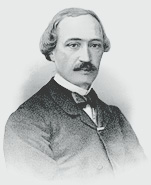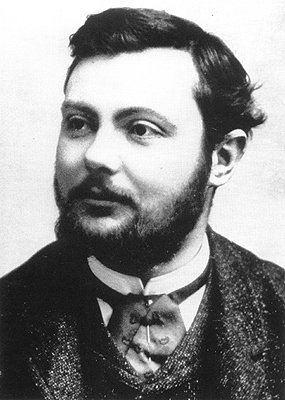| << Chapter < Page | Chapter >> Page > |
Due to aluminum’s position as the most abundant metallic element in the Earth's crust (7.5 - 8.1%) and its enormous industrial importance warrants detailed discussion of its industrial production. Aluminum only appears in its elemental form in nature in oxygen-deficient environments such as volcanic mud. Ordinarily, it is found in a variety of oxide minerals.
In comparison to other metals aluminum is difficult to extract from its ores. Unlike iron, aluminum oxides cannot be reduced by carbon, and so purification is only possible on an economic scale using electrolysis. Prior to electrolysis purified aluminum oxide is obtained by refining bauxite in the process of developed by Karl Bayer ( [link] ).

Bauxite, the most important ore of aluminum, contains only 30-50% alumina, Al 2 O 3 , the rest being a mixture of silica, iron oxide, and titanium dioxide. Thus, the alumina must be purified before it can be used as the oxide or refined into aluminum metal. In the Bayer process, bauxite is digested in hot (175 °C) sodium hydroxide (NaOH) solution ( [link] ). This converts the alumina to aluminum hydroxide, Al(OH) 3 , which dissolves in the hydroxide solution.
The other components do not dissolve and are filtered off ( [link] ). The hydroxide solution is cooled, and the dissolved aluminum hydroxide precipitates, which when heated to 1050 °C is calcined into alumina.

Once a pure alumina is formed, it is dissolved in molten cryolite (Na 3 AlF 6 ) and reduced to the pure metal at elevated temperatures (950 - 980 °C) using the Hall-Héroult process, developed independently Charles Hall ( [link] ) and Paul Héroult ( [link] ).


Both of the electrodes used in the electrolysis of aluminum oxide are carbon ( [link] ). The reaction at the cathode involves the reduction of the Al 3+ , [link] . The aluminum metal then sinks to the bottom and is tapped off, where it is usually cast into large blocks called aluminum billets.

At the anode oxygen is formed, [link] , where it reacts with the carbon anode is then oxidized to carbon dioxide, [link] . The anodes must be replaced regularly, since they are consumed. While the cathodes are not oxidized they do erode due to electrochemical processes and metal movement.
Although the Hall-Héroult process consumes a lot of energy, alternative processes have always found to be less economically and ecologically viable.
[link] summarizes the physical properties of the Group 13 elements. While, aluminum, indium, and thallium have typical metal properties, gallium has the largest liquid range of any element. Boron exists as a molecular compound in the solid state, hence its high melting point.
| Element | Mp (°C) | Bp (°C) | Density (g/cm 3 ) |
| B | 2300 | 3658 | 2.3 |
| Al | 661 | 2467 | 2.7 |
| Ga | 30 | 2403 | 5.9 (solid), 6.1 (liquid) |
| In | 156 | 2080 | 7.3 |
| Tl | 304 | 1457 | 11.9 |

Notification Switch
Would you like to follow the 'Chemistry of the main group elements' conversation and receive update notifications?